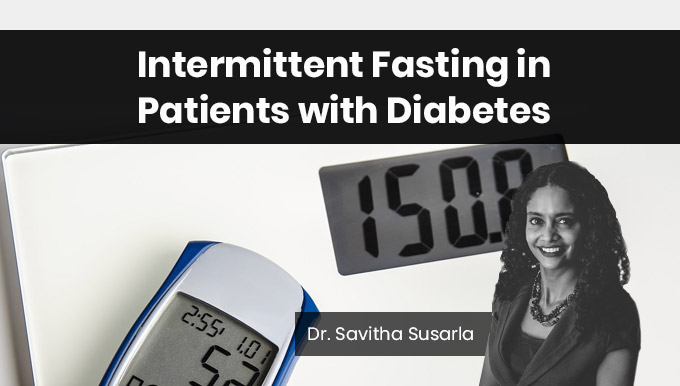Intermittent fasting is a practice that is defined by time restricted eating. There are many types of intermittent fasting plans, the OMAD (one meal a day), the 5:2 (five days of eating with two day of fasting), 16:8 (16 hours of fasting with 8 hours of eating), 18:6 (18 hours of eating and 6 hours of fasting), 24 hour fasts, and more.
Evidence shows that any type of fasting is beneficial only if it is more than 16 hours. When the fasts are less than 10 hours, the benefits are greatly reduced.
History of Diabetes and Intermittent Fasting
As discussed in previous articles, fasting has been around some time. Many religions practice fasting as part of a “cleansing” or “detoxification process”.
In the hospital, we restrict feeding when trying to treat many medical problems. For example, when a patient comes in for any GI issue, the first order I give it is to restrict oral intake of food and start fluids.
Today, there is a growing body of evidence indicating that specific types of intermittent fasting diets may be beneficial for people with diabetes. In addition, scientists are beginning to speculate that when a person fasts may be just as important as the diet itself.
Glucose Metabolism
Let me give a quick rundown of glucose and insulin. Insulin is a hormone that enables glucose (sugar)—derived from the food we eat—to enter the cells of muscles, stored fat, and the liver, where it is used for energy. When blood glucose levels rise, insulin is released from the pancreas; the insulin lowers blood sugar levels as it carries the glucose into the cell, keeping blood sugar levels within normal levels. YOUR INSULIN LEVELS WILL RISE EVERY TIME YOU EAT.
Insulin Resistance
When the cells of the muscles, fat, and liver are unable to respond normally to insulin, glucose begins to accumulate in the blood because it is not able to properly enter the cells. This is called INSULIN RESISTANCE. When insulin resistance begins, the pancreas will attempt to make more insulin, to overcome the condition (in an effort to transport the blood sugar into the cells). The blood sugar level will stay within normal range until the pancreas is no longer able to make enough insulin to combat the weakness of the cells.
How Intermittent Fasting Works
The primary goal of intermittent fasting for weight loss is to get the insulin levels to decrease to a level where the body will begin to burn stored fat for energy. When you are fasting, your insulin levels will NOT rise. Rather insulin levels will stabilize and decrease the longer you fast.
Here is how it works. When the food we eat is metabolized (broken down to be used as energy in the body), it ends up as molecules in the bloodstream. One such molecule is glucose (which comes from the breakdown of carbohydrates). Normally, when there is more circulating blood glucose than the body can use for energy, the excess is stored as fat for future use. But, for glucose to be utilized by the cells, it requires insulin. Between meals the body doesn’t require insulin (unless a person is snacking) so insulin levels decline. When insulin levels are low, the fat cells release some of the stored glucose, resulting in weight loss.
KEY POINT: YOUR BLOOD GLUCOSE AND INSULIN LEVELS WILL TREND DOWNWARD WHEN YOU FAST.
How a Diabetic Can Practice Intermittent Fasting
There are many models of fasting. The most popular model I recommend for diabetic is the 5:2 diet. This requires the diabetic patient to have 5 days of eating and 2 non-consecutive days of fasting. There are many studies that have shown that this decreases HbA1c levels in diabetics.
Remember, before you start fasting as a diabetic, please ask your physician first. Medications have to be adjusted accordingly and you must be well hydrated.

